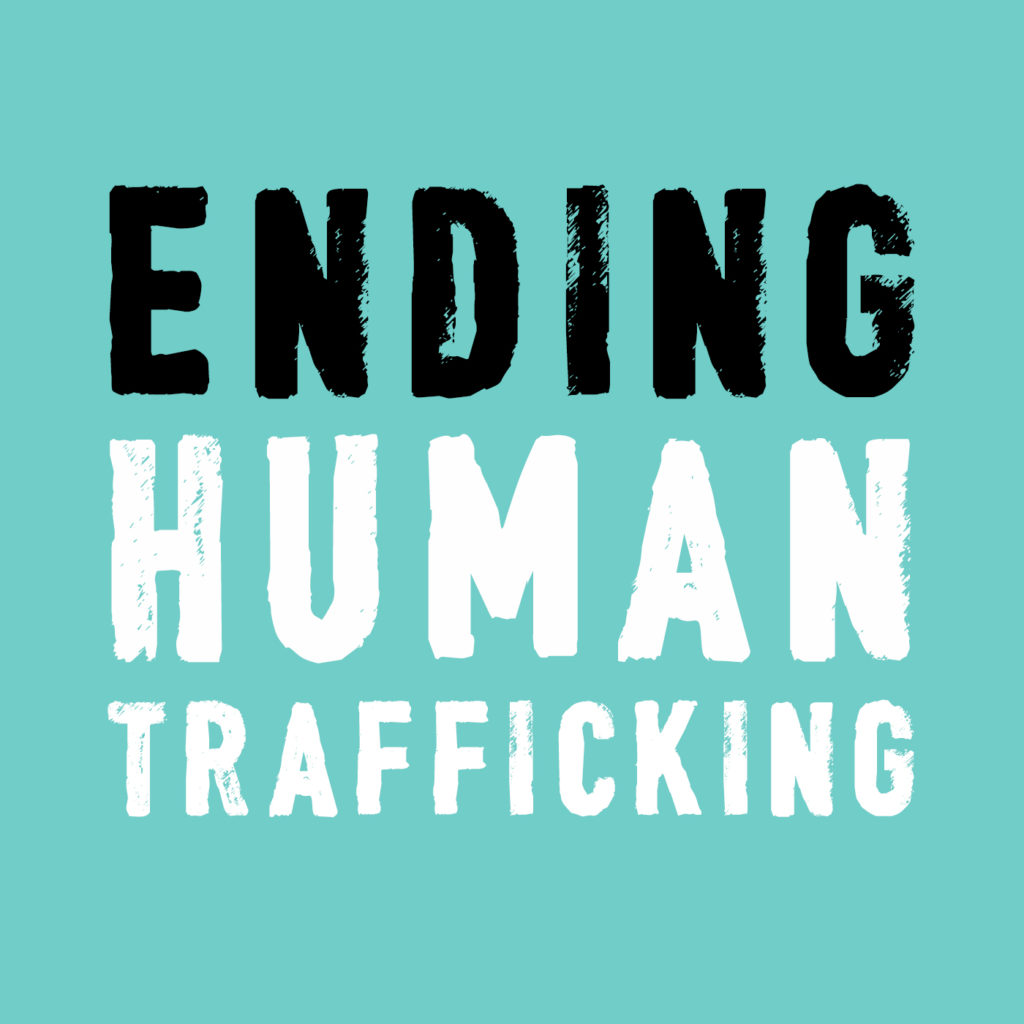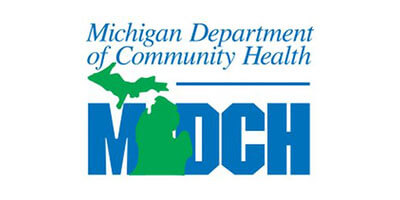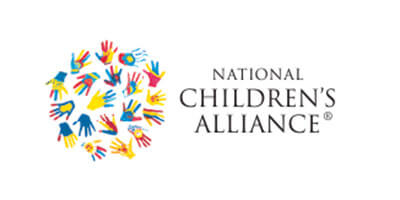The following post is written by one of our Criminal Justice interns, Meloddy, who has been interning with us since May. Meloddy attends Oakland University and is interested in pursuing a career in the Human Service Field.

Below is a story of a Metro Detroit sex trafficking survivor who believes more protection is needed for kids in every neighborhood to combat the issue of human trafficking in our communities. According to WXYZ Detroit, Flores is a survivor of human trafficking, who was victimized in her home town and around local towns here in Michigan. A piece of her story is shared below:
At the age of 15, Flores found herself in terriffying trouble, as she was forced to perform sexual acts in many cities in Michigan. She states, “They’re here, in Bloomfield Hills, in Rochester Hills, and they’re making a lot of money off of our children. Just because you live in a nice neighborhood, you drive a nice car and your kids go to a great school, does not mean your exempt from this. They force you to do stuff that you would never imagine doing.” Flores endured this torture as her reality for two long years. She remembers being sold to many men, “I was being taken out of my house a couple of nights a week and delivered to houses in Rochester Hills, Bloomfield Hills, Birmingham, Southfield and then taken into basements where it was like these man caves and there would always be a bedroom and then man after man would come.” She escaped at the age of 17 when a bystander took action and contacted the police.
For more information regarding Flores’ story, please click here.
Human trafficking is widely known as modern slavery. Globally, many victims are taken against their will and made to do horrendous things and exploited for sexual or labor purposes. As mentioned above, human trafficking is not just happening overseas or in third world countries, but locally as well. Many sources indicate that Michigan is among the top 10 states that reported such cases, although, it is important to note that because human trafficking often goes unreported, actual rates are believed to be significantly higher.
How to spot a possible victim of sex trafficking?
There are many indications that reveal that a person is a victim. However, if you witness some of these signs it does not always mean that they are victims of sex trafficking. Here is a list of possible examples a victim could be experiencing:
1. The person is not free to come and go as they please
2. The individual is under 18 and performing commercial sex acts
3. A person has a pimp, or manager
4. They are unpaid, paid very little, or paid only with tips
5. The individual works excessively long, unusual work hours
6. The person is not allowed to have breaks while working, have unusual restrictions at work
7. They appear to owe a large amount of debt and are unable to pay it off
8. The individual may have high security measures at work or home, for example tinted windows, boarded or bars on the windows, or have security cameras
9. The person is living and working on site
10. The person is not given proper equipment at work
11. They are forced to meet daily quotas
Among victims, some may exhibit some common behaviors such as fear, depression, anxiety, tension, nervousness or paranoia. They also may show signs of discomfort when someone talks about law enforcement or immigration officials. Other signs could point to their chronic use of substance abuse or an addiction. Physically, victims may experience bad hygiene, be malnourished, or fatigued. Other physical indications are the signs of physical abuse, physical restraints, confinement and torture. (Polaris Project. Org, 2019)
Common myths about human trafficking:
There are many misconceptions regarding human trafficking, however, data reports show the following:
Myth #1: Human trafficking is always a violent crime when it occurs
Truth: The reality of this issue is that it is done with more discretion. The methods used to lure people out can be psychological warfare. Many people fall victims due to manipulations, being tricked, threatened, or through fraud. (Myth and facts, 2019)
Myth #2: Human trafficking is being done underground
Truth: The reality is that it happens right in front of us. Many have been busted in restaurants, cleaning services, construction, factories etc. (Facts and myth, 2019)
Myth #3: The only victims of human trafficking are females
Truth: Although women and young girls are more at risk, there has been a large number of males that have also been reported as being victims of human trafficking. According to the Polaris Project, most victims were adults (6,204 adults compared to 2,762 minors). The Polaris Project also found that there were 8,561 female victims compared to 1,454 male victims and 69 Caucsian, 123 Latino, 592 African American, and 979 Asian victims (Polaris Porject.org, 2019).
Myth #4: Human trafficking is the moving and transporting of people across state or national borders
Truth: There seems to be a confusion about smuggling and human trafficking. The word trafficking means forced work, and sex trafficking refers to forced sexual acts. Smuggling is the movement of people. Human trafficking can happen in your city and in your neighborhood. (Myths and facts, 2019)
Myth #5: Victims are targeted by strangers
Truth: The top three recruitment tactics showed that 711 people were being recruited through an intimate partner, 525 familial, and 397 was due to a person posing as a benefactor. Other methods include job offers, and fraud. (Polaris Porject.org, 2019)
Myth #6: Victims are chained up to a bed or wall
Truth: There is a variety of methods the pimp uses to control their victims that does not include physical restraints. The use of drugs, withholding ID, money, sleep, and food are common. Other forms of control is the use of psychological and emotional coercion. (Fight Human Trafficking with Covenant House, 2019) Other sources reveal that fear, drug addiction, threatening their families, and leading an individual to think that they love them are common methods of control as well. (Myths and facts about human trafficking, 2019)
For more information regarding Human Trafficking, please click on the links below:
Campbell, A. (2019, January 24). Metro Detroit sex trafficking survivor says more protection is needed for kids in every neighborhood. Retrieved from https://www.wxyz.com/metro-detroit-sex-trafficking-survivor-says-more-protection-is-needed-for-kids-in-every-neighborhood
Growing Awareness. Growing Impact. – polarisproject.org. (n.d.). Retrieved from http://polarisproject.org/sites/default/files/2017NHTHStats (1).pdf
Myths and Facts About Human Trafficking. (n.d.). Retrieved from https://www.acf.hhs.gov/otip/about/myths-facts-human-trafficking
Fight Human Trafficking With Covenant House. (n.d.). Retrieved from http://www.covenanthouse.org/homeless-issues/human-trafficking?origins
Myths & Facts. (2019, May 03). Retrieved from https://humantraffickinghotline.org/what-human-trafficking/myths-misconceptions








